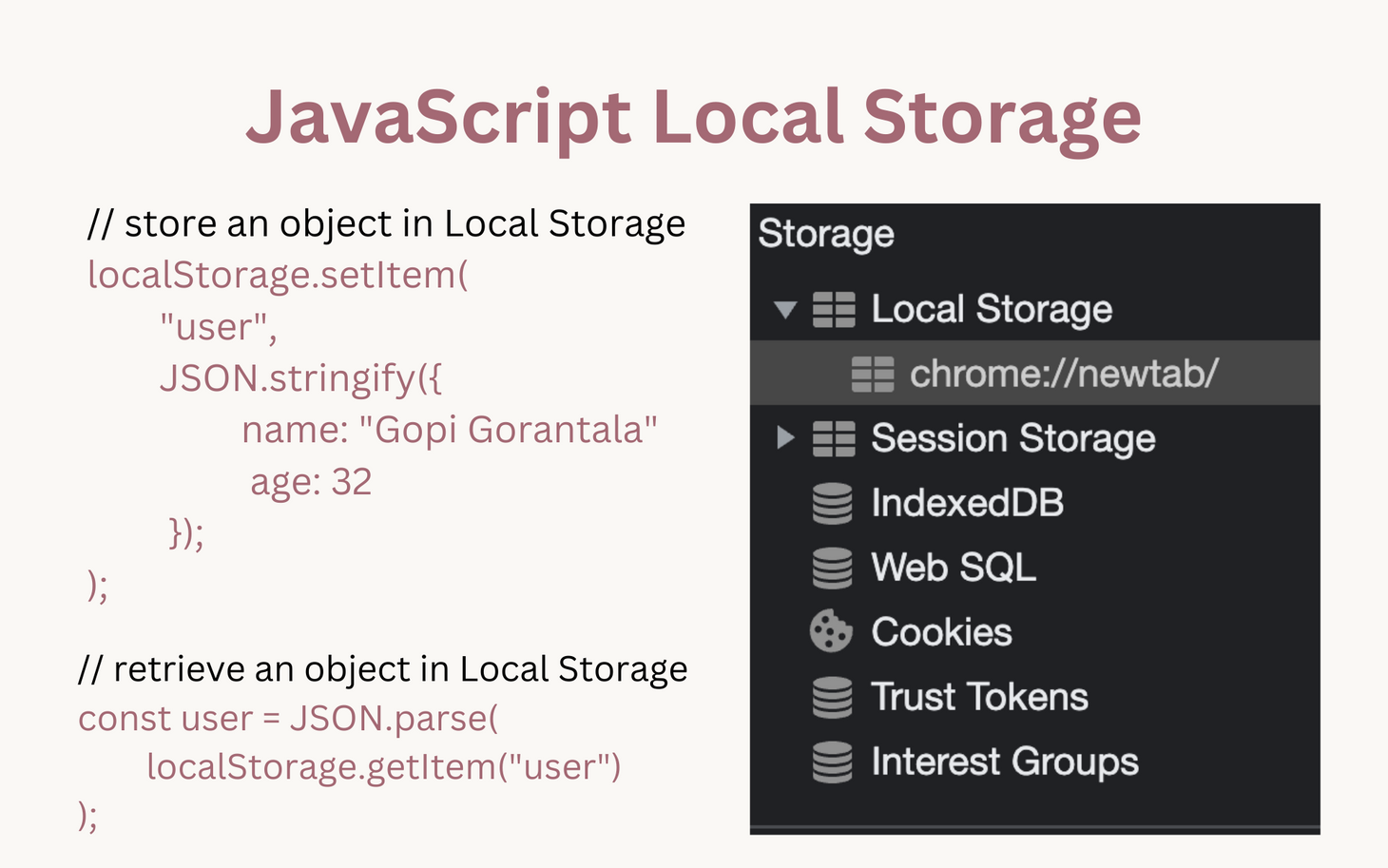Blog
Solution Review: Power of 2
Let's solve this using brain kernighan's algorithm. This is optimized to O(1) time and space.
Solution Review: Check If a Given Number is Even/Odd
This is a solution to another Bitwise question. Think of the rightmost bit of a number and think of some logic that could solve this. We solve using AND operator with O(1) time Complexity.
Solution Review: Count Set Bits Or Number of 1 bit's
We saw an algorithm to solve this problem in the previous lesson. Let’s see how to solve this more efficiently using Briann’s Algorithm. This is a faster execution than the previous naive approach.
A Complete Guide To JavaScript LocalStorage
localStorage is a property of the window object in JavaScript that allows you to store key/value pairs in a web browser. The data stored in localStorage persist even after the browser is closed, making it a useful tool for saving user data on the client side.

Is Java "pass-by-reference" or "pass-by-value"?
Java uses pass-by-value for all parameters, including both primitive data types and objects, which affects how methods behave and how they should be written.
How to reverse the letters in a string in Java
In this article, we'll learn various ways to reverse strings in Java. An algorithmic approach with a flow chart and steps. Using java API methods to solve this problem and rotate kth elements or characters in an array.

Bitwise OR, Computations, and Examples
A Bitwise OR is a binary operator that takes two-bit patterns of equal length and performs the logical inclusive OR operation on each corresponding bits pair. The result in each position is 0 if both bits are 0. Otherwise, the result is 1.
Number Of Flips Required To Make a|b Equal to c
We need to write a program with minimum flips to make the two bits’ OR operation equal a number. If you understand the OR operations clearly, this problem will be a good challenge for your skills.
Introduction to NOT Operator
The Bitwise NOT operator evaluates the binary representation of the value of a single input. If the bit contains 1, the output will be 0 for that bit location. If the bit contains 0, the output will be 1.
Bitwise NOT, Computations, and Examples
Bitwise NOT, takes the input number, considers its binary representation, and inverts every bit, which means the 0 bit becomes 1, and the 1 bit becomes 0.